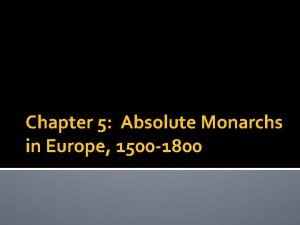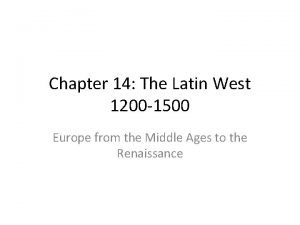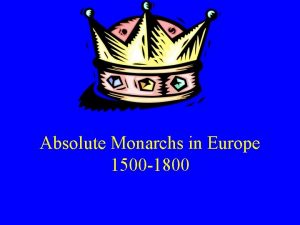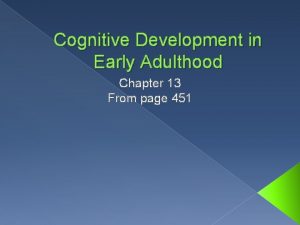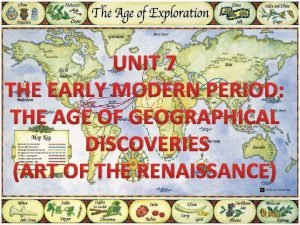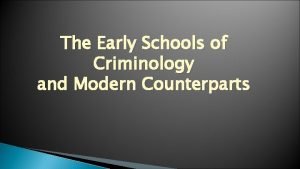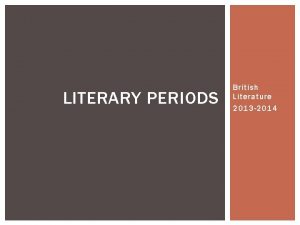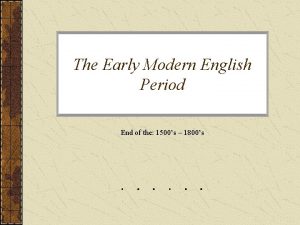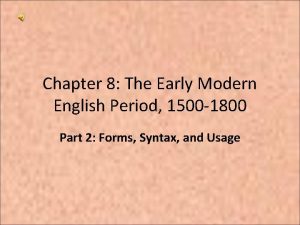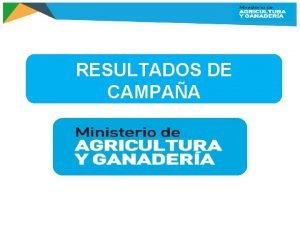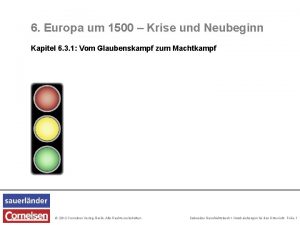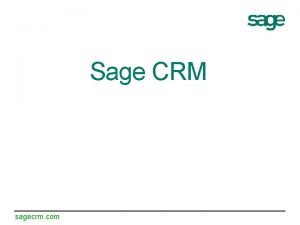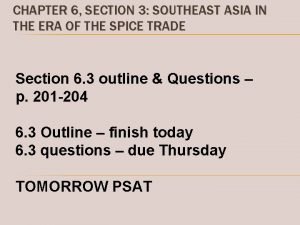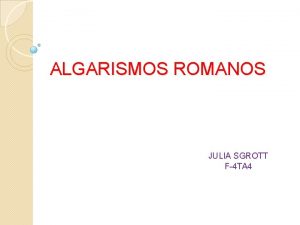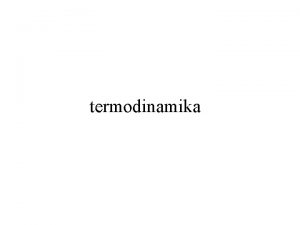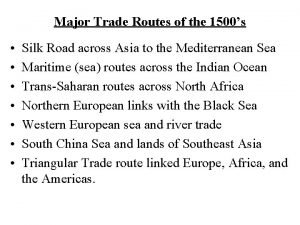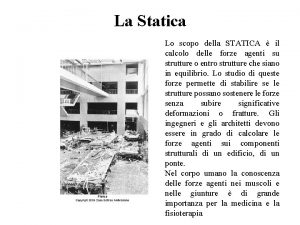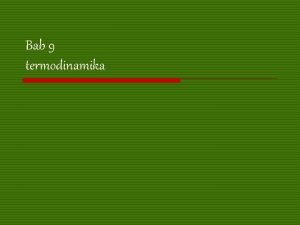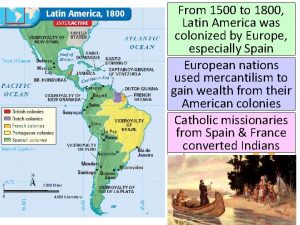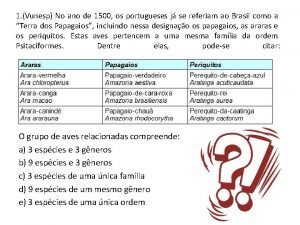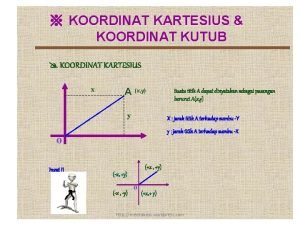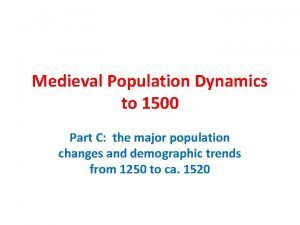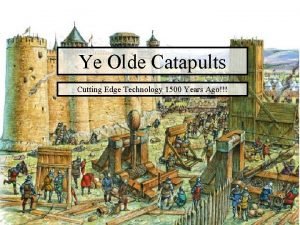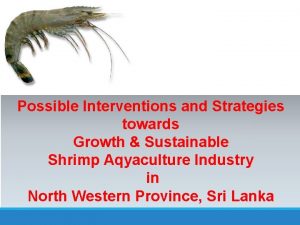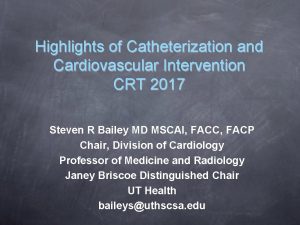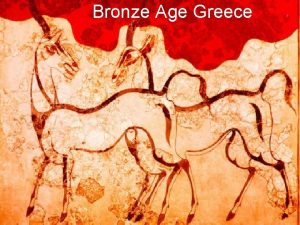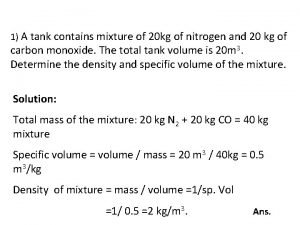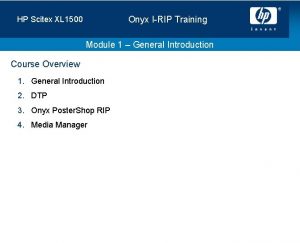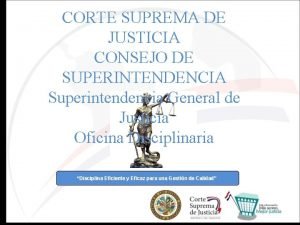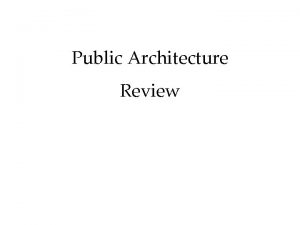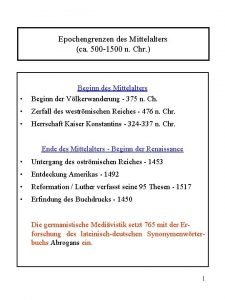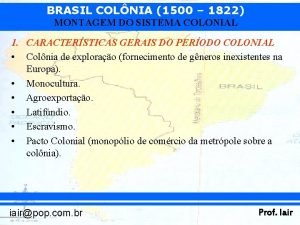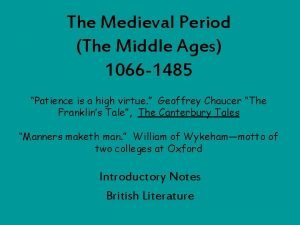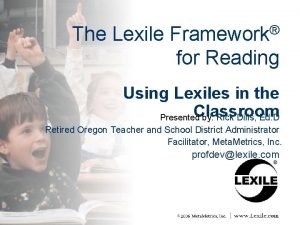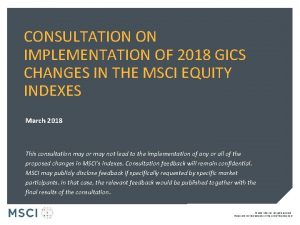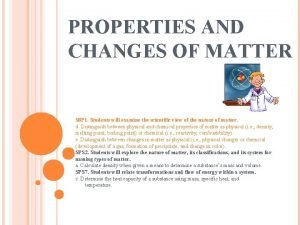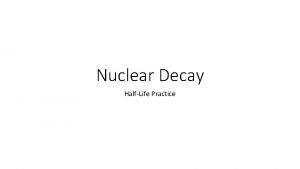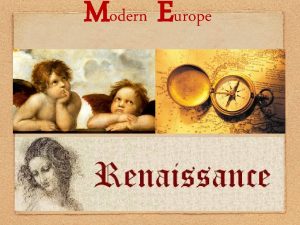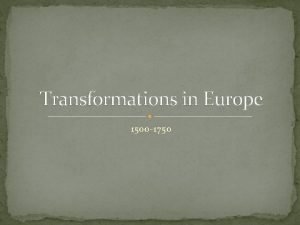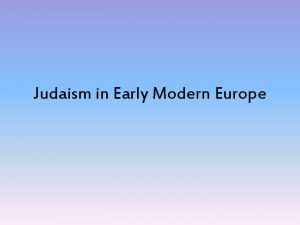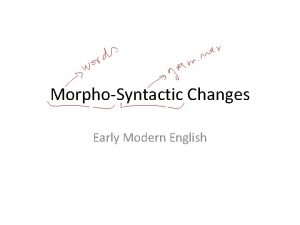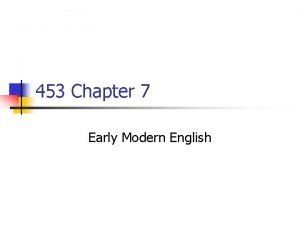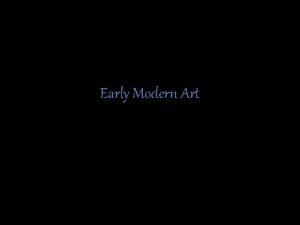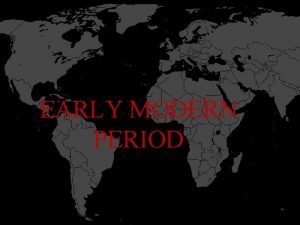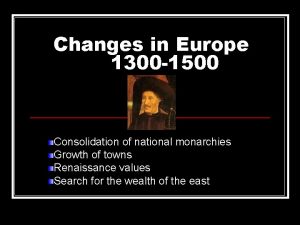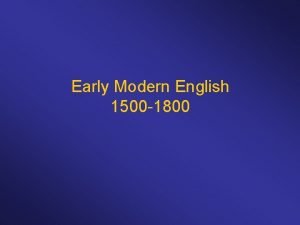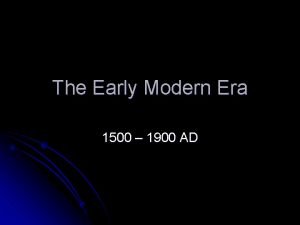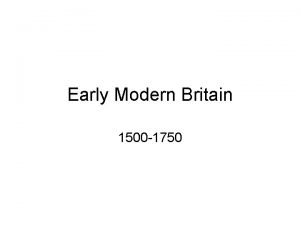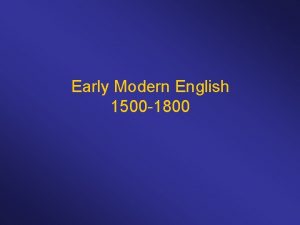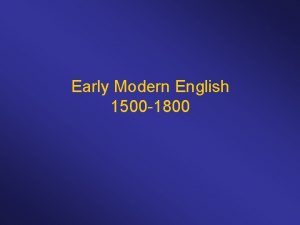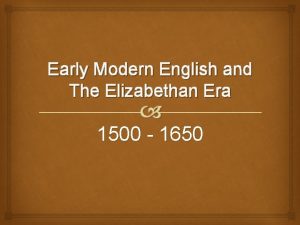IX AGARIAN CHANGES IN EARLY MODERN EUROPE 1500

































































- Slides: 65

IX. AGARIAN CHANGES IN EARLY MODERN EUROPE, 1500 – 1750 B. ENGLAND: The Enclosure Movements in Tudor-Stuart England, ca. 1520 – ca. 1640 revised 1 February 2012


English Enclosures, 1460 - 1520 • (1) Definition of Enclosure: which we examined last semester ( for period 1460 -1520): • to place lands, previously under communal use (Open Fields), under single management and control (free from external constraints): • (2) Ultimate purpose of Enclosures: • to extinguish any communal village rights to the use of the former Open or Common Fields: • to convert communal property rights into individual, private property rights

English Enclosures, 1460 – 1520 (2) • (3) Physical Forms of Enclosures: in usual chronological order • a) Enclosures of Village Commons: • by segregating and leasing portions of the Commons; i. e. , pasture lands, meadows, woodlands, common wastes: used communally by the peasant villagers • b) Engrossing of the Arable Open Fields (Common Fields): • i) combining several scattered peasant tenancy holdings (in plough strips) into consolidated leaseholdings • ii)) Fencing off such new holdings from the Open Fields: i. e. , dividing up the common-field arable lands into separate tenancy farms (or one capital farm operated by the land owner). • c) Reclamation of Waste Land: • conversion of waste into new productive farms: net social gains


English Enclosures, 1460 – 1520 (3) • (4) Who undertook the Tudor-Stuart enclosures? • a) manorial landlords: taking advantage of • i) vacated tenancies (with depopulation): no or few survivors • ii) weak property rights of manorial tenants: • -when landlords had both incentives and ability to dispossess customary ‘copyholder’ tenants with weak property rights: when ‘lives’ determined duration of those rights • - as noted, many copyholders, in gaining more freedom lost the inheritance rights associated with the bondage of serfdom: • - tenancies by copyhold for ‘lives’: maximum of 3 lives = 21 years

English Enclosures, 1460 – 1520 (4) • (4) Who undertook the Tudor-Stuart enclosures? • b) aggressive and prosperous tenants: • who had already purchased some neighbours’ holdings & had taken over vacated holdings: • then sought landlord’s agreement to engross their neighbour’s tenancy strips

English Enclosures, 1460 – 1520 (5) • (5) The English Midlands: • Why it was the main focus of the Tudor-Stuart Enclosures and Why Socially Disruptive? • a) Major region of ‘mixed farming’: equally suitable for arable & pasture: for grain and sheep raising: ‘sheep-corn husbandry’ • b) Region with one of densest populations in England – but so were East Anglia, Home Counties, where enclosures not so disruptive

English Enclosures, 1460 – 1520 (6) • (5) The English Midlands: why it was the main regions for enclosures • c) most highly feudalized and thus manorialized region in England, and • d) region of classic Open Field communal farming: • the two went together: if we view Open Field farming as a peasant-determined organization to resist manorial exploitation: • e) thus much stronger peasant resistance to Enclosures: far more prominent here than elsewhere in England (i. e. , in non-manorial areas).



English Enclosures, 1460 – 1520 (7) • (6) Demographic & Economic Factors promoting early enclosures: from the 1460 s to the 1520 s • a) continued demographic decline shift in land: labour ratios • i) rising real wages from 1420 s – 1440 s: higher costs for labour-intensive arable (grain faming) • ii) pastoral farming more attractive: because it required far less labour (with higher productivity): land-extensive

English Enclosures, 1460 – 1520 (8) • b) The Antwerp-based English cloth export boom: 1460 s to the 1520 s: • i) sharp rise in cloth exports, chiefly to Antwerp: based on tripod of English woollens, German metals, & finally Portuguese Asian spices. • ii) Antwerp cloth trade: increased demand for wool demand for pasture lands to raise sheep • iii) relative price changes favouring sheep raising conversion of both waste and arable lands into pasture lands • iv) Providing another chief economic incentive for early enclosures




Later Tudor & Stuart Enclosures: ca. 1520 – ca. 1620 (1) • Chief features of the later Enclosures: from the 1520 s to the 1620 s • 1) undertaken both for pastoral (sheep) and arable faming: combined with Convertible Husbandry [next day’s major topic] • 2) Despite our focus on 1520 s – 1620 s: • a) enclosures continued to eve of Industrial Revolution: by which time 70% of England’s total arable lands had been enclosed • b) remaining 30%: enclosed 1760 -1830 (Parliamentary Enclosures)

Later Tudor & Stuart Enclosures: ca. 1520 – ca. 1620 (1) • 3) Importance of Demography from 1520 s: • a) English population more than doubled: from 2. 3 million in 1520 s 5. 6 million c. 1650 • b) growth in London’s population: c. 60, 000 in 1500 to c. 450, 00 in 1650 • c) English urbanization: key factor promoting Δ commercialization of agriculture promoting more enclosures • d) academic problem: how to reconcile models of demographic decline and then demographic growth to explain long phases of enclosures?


Demographic Models for later Tudor Stuart Enclosures • (1) Demographic Growth Model I: diminishing returns • a) The Esther Boserup model: discussed 1 st semester • i) that historically & universally: population and consequent diminishing returns provided chief incentive for technological changes in agriculture • ii) saw some evidence in late 13 th century England (and also Low Countries): but no enclosures • iii) her model had no specific references to England, but her basic principles are seen in the next model

Demographic Models for later Tudor Stuart Enclosures (2) • b) Joan Thirsk Model: that growth in both human and animal populations, especially in Midlands • i) forced peasants to expand arable at expense of pasture lands impaired livestock economies • ii) undernourished livestock inadequacy of manure reduced agricultural productivity • iii) inadequate supplies of animal goods (milk, butter, cheese, meat, lard, bone, hides, wool, etc). and of grains (arable products) • iv) surplus supplies of labour: overcrowded lands (disguised unemployment)

Demographic Models for later Tudor Stuart Enclosures (3) • b) Demographic Model II: Thirsk model • v) Enclosures: undertaken in response to diminishing returns in both arable + pastoral agriculture: to reallocate both labour & livestock • (1)- replacement of communal agriculture with individual private enterprise necessary to impose required changes to permit productivity growth per unit of land + labour • (2) i. e. , to reallocate labour and land more efficiently [as to be seen in the New Husbandry or Convertible Husbandry, in next lecture]

Demographic Models for later Tudor Stuart Enclosures (4) • c) problems with Thirsk and Boserup models: • i) Thirsk had used similar model to explain origins of Common or Open Fields: in the 12 th & 13 th centuries! • ii) had applied model to explain early Tudor Enclosures on false assumption that population growth had commenced in mid-15 th century • iii) not explain why other English regions did not experience such enclosures: especially East Anglia and the Home Counties • iv) models can be applied only from the 1520 s


Demographic Models for later Tudor Stuart Enclosures (5) • (2) Demographic Growth Model II: Ricardo Theorem on Economic Rent • a) Role of Population Growth: • i) That population growth rising grain prices forces into production more distant, less productive, more costly ‘marginal’ lands • ii) marginal, less profitable lands: • - differences in land productivity: fertility, efficiency • - differences in transport costs: distance to the market

Demographic Models for later Tudor Stuart Enclosures (6) • iii) rising prices: to the point where price of wheat = marginal cost of producing last unit of grain produced on last unit of land brought into production (i. e. , sufficient to feed population) • iv) population growth will thus increase economic rents accruing to landowners on the best + better lands: • because of the wide range of costs, between best (and closest) and worst (most distant lands) • cost differences: both production and transportation costs (Von Thünen model):


Demographic Models for later Tudor Stuart Enclosures (7): Ricardo • b) Profit Incentives for landlord enclosures: • i) applies chiefly to manorial landlords whose tenants enjoyed fixed (nominal) customary rents & dues: • i. e. , copyholders at will or for ‘lives’: to be evicted • ii) with rising agricultural prices, customary tenants (but also free-holders) captured the Ricardian economic rents: not the manorial lords • iii) manorial lords’ objectives: evict or buy out these tenants and reorganize their lands into new fully enclosed individual farms • iv) and lease them out to new tenants for higher rents, renewing leases at higher rents if prices continue to rise:

Demographic Models for later Tudor Stuart Enclosures (7) • -c) Enclosures: allowed manorial landlords to capture rising economic rents that had been gained by customary tenants • i) To do so, landlords had to expropriate existing tenancies + to destroy communal agriculture: so far as was possible • ii) Graph on English prices, from 1520 s to 1650 s, • d) But does not explain enclosures for pasture & sheep-raising in the later 16 th century


Demographic Models for later Tudor Stuart Enclosures (8) • (4) Why were so many English enclosures from the 1580 s to 1620 s more oriented to pastoral than arable farming? • a) relative prices from 1550 s to 1620 s still favoured arable vs pastoral farming • b) the first wave of enclosures, 1460 – 1550, had accompanied the boom in English cloth export trade • c) cloth trade boom ended with the termination of Henry VIII’s Great Debasement in 1552: the revaluation wiped out earlier export gains from currency depreciation (higher priced £ sterling)

Demographic Models for later Tudor Stuart Enclosures (9) • d) Three decades later, the English cloth trade enjoyed a new export boom: lasting to outbreak of 30 years War in 1618 (later lecture on English trade) • e) Explanation: relative costs: that transportation and marketing costs were still far lower for wool than for grains: in the Midlands regions without river transport • f) Other factors promoting livestock agriculture: • i) The New Husbandry, or Convertible Agriculture: most efficient form of combining livestock and arable increase productivity in pastoral as well as in arable (grain) agriculture • ii) Urbanization: increased urban demand for meat + livestock products



‘Rise of the Gentry’ & Enclosures • (1) Debate about Tawney’s ‘The Rise of the Gentry’ thesis • a) for related Marxian theories of Tudor-Stuart enclosures: see online lecture notes (Cohen-Weitzman model) • - Marxists implicitly pose this question: why would landlords engage in profit-maximizing enclosures, which are seemingly so foreign to a feudal culture and mentality? • b) the question may be resolved by the Tawney thesis (not discussed in their model): which explores radical changes in ownership and control of manorial estates, from 1540 – 1640 • (2) Features of English upper-class structures and changes in land ownership: to be seen in the following table:


‘Rise of the Gentry’ & Enclosures (2) • 3) Structure of Early-Modern English Upper Classes • a) the nobility or aristocracy: different from continental • - primogeniture: only the eldest son inherited the noble title and the attached estates • - all other sons were legally commoners (thus ‘gentry’), while in continental Europe all family members were noble • - English nobles or aristocrats did not rule territorial districts, as on the continent: did not govern duchies, counties, etc. • - instead: estates in form of hundreds of manors scattered across England (and also often: Wales, Scotland, Ireland)

‘Rise of the Gentry’ & Enclosures (3) • • b) The Gentry: Gentlemen: a social class unique to England i) chief components of the gentry: - (1) younger sons & relatives of aristocrats - (2) knights: in contrast to continental knights, who were part of nobility - note original House of Commons in mid 13 th century: consisted of knights of the shires and burgesses of towns - (3) esquires or squires: lower rank of ‘almost-knights’ - (4) baronets: new higher rank of knights, created by King James I in 1611: as a heredity class, but still part of the Commons - (5) ‘gentlemen’: lowest, broadest, most numerous level, generally of bourgeois origins: merchants, lawyers, royal officials, professionals

‘Rise of the Gentry’ (4) • b) The Gentry: Gentlemen: a social class unique to England • ii) chief condition: that they acquired landed estates & wealth • iiii) legally: all were commoners, despite being in the socio-economic upper classes as wealthy landowners

‘Rise of the Gentry’ & Enclosures (5) • Thomas Smith: De Republica Angolorum, • ca. 1600: his definition of a gentleman (including university professors): • ‘to be short: who can live idly and without manuall labour, and will bear the port, charge, and countenance of a gentlemen – he shall be taken for a gentleman’.


‘Rise of the Gentry’ & Enclosures (6) • (4) Changes in English Land-holdings, from the 1540 s • a) Church and Crown: very sharp decline in their landholdings most obvious feature of table: major losses from the 1540 s: 35% to 10% • - Most of their lands came to be held by the gentry, by the 1640 s • - but note from the table: the gentry had already ‘risen’, long before, with substantial holdings in 1436 • -b) the aristocracy: seem to have suffered only a slight decline (from 20% in 1436 to 18% in 1690): • but these statistics are very deceptive

‘Rise of the Gentry’ & Enclosures 7 • - c) the gentry: holdings rose from 25% of total in 1436 to 45% in 1690: by the far the major gainers • - d) The Yeomanry: experienced the other gains: from 20% in 1436 to 27% in 1690 (the height of their landholdings): an amorphous group: defined as: • - freehold peasant farmers whose land was worth 40 shillings a year • - who were entitled to sit on royal juries • - who were also entitled to vote for members of the House of Commons

‘Rise of the Gentry’ & Enclosures (8) • (5) The Tawney Thesis on the ‘Rise of the Gentry’: • a) Henry VIII’s Reformation & Dissolution of the Monasteries: 1536 – 1540: • -royal confiscation of all ecclesiastical estates – from 15% - 20% of all English & Welsh arable lands • - (1) to consolidate his ‘Reformation’ – break from Rome (1533), by undermining economic power of the Catholic Church in England • - (2) to reward his aristocratic allies: to buttress support for the Tudor monarchy: most were sold off to the titled peers • - but did Henry sell lands below market rates? • -(3) also to raise money to fight his wars • - before engaging in the Great Debasement, 1542 -1552

‘Rise of the Gentry’ & Enclosures (8) • b) disposition of the confiscated lands: • - by accession of Elizabeth in 1558: 75% of monastic lands had been sold • - almost all by eve of the Civil War in 1642 • - By 1640, the gentry had acquired about 90% of the monastic lands: by purchasing them from the aristocracy and also the Crown

‘Rise of the Gentry’ & Enclosures (7) • (5) The Tawney Thesis on the ‘Rise of the Gentry’ • c) the Role of the Price Revolution: inflation, crown & aristocracy • i) plight of the aristocracy: many nobles were impoverished by inflation, since their rents, dues, other fixed incomes did not rise with their cost of living: • many had extravagant court & military costs • ii) with estates in form of hundreds of scattered manors, most were unable to engage in enclosures and rational estate management to increase their incomes (‘capture economic rents’)

‘Rise of the Gentry’ & Enclosures 7 • iii) most also too preoccupied with court & military duties • iv) for most, the simplest solution: live off their capital by selling lands, first and foremost recently acquired monastic lands, but then other lands as well • v) The Crown: as the chief aristocrat: faced same plight and pursued the same course: selling off crown lands


‘Rise of the Gentry’ & Enclosures - 8 • (5) The Tawney Thesis on the ‘Rise of the Gentry’ • d) How the Gentry profited from the Price Revolution: • i) those with bourgeois origins were not encumbered with a feudal mentality: more likely to have a marketoriented, profit-maximization outlook • ii) not obligated by court, political, and military duties • iii) better able to engage in estate management and enclosures: • because most had far smaller estates with fewer manors (or single manors):

‘Rise of the Gentry’ & Enclosures 9 • e) Significance of the ‘Rise of the Gentry’ • i) Over the century 1540 -1640, the gentry gained enormous amounts of lands: • - almost doubled their landholdings at expense of crown & aristocracy (principally from former Church lands): from 25% to 45% of total agricultural lands - ii) transfer of valuable agricultural lands into the hands of those more socially/culturally predisposed to engage in profit-oriented commercial agriculture – with enclosures - iii) Tawney’s concept of ‘agrarian capitalism’: as fundamental for English economic development

‘Rise of the Gentry’ & Enclosures -10 • f) faults of the Tawney thesis: • i) exaggerates ‘rise of the gentry’: already ‘risen’, with substantial holdings, by 1436 [see the table] • ii) fails to make clear that the upper gentry were of same socioeconomic class as the aristocracy: younger sons & relatives • iii) fails to note that at least some aristocrats did engage in enclosures & rational estate management (but in comparing the two groups, Tawney was probably on the mark) • iv) fails to explain why the aristocracy apparently suffered only minor losses in aggregate holdings: by the 1690 s • v) obviously fails to explain any of the enclosures, from c. 1460 to 1540: many undertaken by gentry landlords • vi) other criticism: misuse of statistical data (counting manors, etc)

‘Rise of the Gentry’ & Enclosures- 11 • (6) The Paradox of the 17 th century English aristocracy • a) The table shows only a slight loss in overall landholdings from 1436 to 1690: from 20% to 18% • b) but in 17 th century (by 1690): number of peers doubled so that average holdings fell in size • c) The post 1660 peerage was very different: • i) many who acquired noble peerages were of gentry or even bourgeois origins: most maintained bourgeois outlooks & values • ii) Charles II (1660 -1685): post Civil-War ‘Restoration’ monarchy: created many new peers from the gentry

Fate of English Peasantry during Tudor-Stuart Enclosures 1 • (1) Peasant Freeholders and Yeomen • a) peasant freeholders: • - who held lands as virtual owners, with nominal fixed cash rents • - full rights of inheritance • -b) Yeomen: wealthier peasants: • - i) holding lands worth 40 s a year • - ii) right to serve on royal juries and elect MPs. • - iii) net land gainers during the Price Revolution: landholdings rose from 20% in 1436 to 27% in 1690

Fate of English Peasantry during Tudor-Stuart Enclosures - 2 • c) virtually all peasant freeholders gained from the Price Revolution: • i) with low fixed nominal rents, were able to capture most of the Ricardian economic rents • ii) most of the wealthier peasants engaged in enclosures • iii) could be compared to Russian kulak peasants during pre-war Soviet era

Fate of English Peasantry during Tudor-Stuart Enclosures - 3 • (2) Peasant Leaseholders: • - a) wide social range: from peasant freeholders, who added lands by leases, to former serfs (copyholders) • - b) peasants who leased manorial demesne lands, especially with the shift from Gutsherrschaft to Grundherrschaft from the 1380 s (last term) • - c) lease holders, with fixed rents: • - were able to capture some economic rents with rising prices – but only during the period of their leases • - thus many paid higher rents on renewing their leases • d) many of also took part in Tudor-Stuart enclosures

Fate of English Peasantry during Tudor-Stuart Enclosures - 4 • (3) Copyholders: by far most numerous class of peasant tenants in manorial England • a) evolution from serfdom to copyholder status: see first-semester lectures • b) cost of greater freedom: most lost one positive aspect of serfdom: guaranteed inheritance of their holdings bondage to soil • c) tenure now based on written copyhold contracts: • ‘tenure by copy of the court roll according to the custom of the manor’ – thus: ‘customary tenants’

Fate of English Peasantry during Tudor-Stuart Enclosures - 5 • (4) Cottagers or Cottars: perhaps 30% of the peasantry in English Midlands • a) part time agricultural labourers or industrial workers on manorial estates, with some land holdings • - held a few strips in the Open Fields, with access rights to Commons for livestock • - first & major victims: especially the enclosures of the village Commons • b) easiest peasants to evict & dispossess with enclosures • - many became an agricultural full-time wage-earning proletariat in enclosed farm estates

Potential Economic Gains from Tudor. Stuart Enclosures - 1 • (1) Gains from single private management: • -a) so that one person, whether landlord or leaseholder, made all the required economic decisions: free from any communal constraints • - b) examples of such gains: • -i) determine division of land between arable and pasture • - ii) pastoral farming: • - to engage in selective breeding and more advanced livestock care & management, with much improved feeding of livestock

Potential Economic Gains from Tudor-Stuart Enclosures - 2 • b) examples of such gains: • -iii) arable farming: determine manner & form of crop rotations: what crops were best suited • -iv) adopt Convertible Husbandry: far more advanced farming techniques [in next topic] • - v) much better able to acquire and invest capital:


Potential Economic Gains from Tudor. Stuart Enclosures - 3 • (2) Economies of Scale: with much larger consolidated farming units (but also smaller than unmanageable manorial estates) • a) labour economies: eliminating disguised unemployment on overcrowded lands increased labour productivity • b) land efficiencies: • converting underpopulated terrain, with poor arable potential, into pastoral lands: livestock

Potential Economic Gains from Tudor-Stuart Enclosures - 4 • c) better capital to land ratios: only practical with large amounts of land: with economies of scale in production & marketing • - investments in land drainage or clearing, irrigation networks, livestock investment, improved ploughs & tools • d) increasing returns from greater scale economies: in both production and marketing of agricultural outputs

Potential Economic Gains from Tudor. Stuart Enclosures - 5 • (3) Financial Aspects & Gains from Enclosures: • a) most enclosures required large capital investments: to be seen with Convertible Husbandry, in particular • b) some capital derived from Ricardian rents • c) mortgages: chief way of raising capital: - i. e. borrowing on the security (collateral) of the land • - note: this was virtually impossible to obtain, with manorial communal agriculture, since the peasant’s Open Field lands could never be pledged as collateral for mortgages • - some enclosures undertaken precisely in order to enable capital financing by mortgages

Potential Economic Gains from Tudor. Stuart Enclosures - 6 • (4) Did enclosed estates then experience productivity gains? • a) Ultimately: by the early 18 th century: • - seed: yield ratios rose from 4: 1 in 14 th to 11: 1 in early 18 th century • b) but New Husbandry not introduced until later 16 th century, in stages, with greatest diffusion only from the 1660 s [next lecture] • c) Price Revolution: with steeply rising grain prices does not indicate productivity gains, BUT • - any local or regional gains submerged with increased total outputs, from higher cost, more distant lands, forced into production by population growth • - shift from arable to pasture lands, for wool-growing and woollen cloth trade: may have reduced lands available for grain growing

Potential Economic Gains from Tudor-Stuart Enclosures - 7 • d) Enclosure offered only potentials for gains: from advanced forms of management and more advanced techniques, which landowners and leaseholders were often slow to adopt, just as enclosures were only slowly implemented • e) Enclosures were far from being complete on eve of the Industrial Revolution: • at most, about 70% enclosed, reflecting entrenched property rights of many tenants: • tenant rights eliminated, from 1760 s, by Parliamentary expropriations (Enclosure Acts).
 America africa and europe before 1500
America africa and europe before 1500 Absolute monarchs in europe 1500-1800
Absolute monarchs in europe 1500-1800 Renaissance europe 1500 map
Renaissance europe 1500 map Characteristics of absolute monarchs
Characteristics of absolute monarchs Guillaume de machault
Guillaume de machault Changes in latitudes, changes in attitudes meaning
Changes in latitudes, changes in attitudes meaning What is physical change
What is physical change Cognitive development in early adulthood
Cognitive development in early adulthood Physical development in adulthood
Physical development in adulthood Physical development during early adulthood
Physical development during early adulthood Early cpr and early defibrillation can: *
Early cpr and early defibrillation can: * Archibald mclaren contribution in physical education
Archibald mclaren contribution in physical education Early modern period dates
Early modern period dates Modern school of criminology
Modern school of criminology Neoclassical period timeline
Neoclassical period timeline Early modern english period
Early modern english period Early modern english
Early modern english Early modern english syntax
Early modern english syntax Modern english time period
Modern english time period Gary ives west yorkshire study
Gary ives west yorkshire study Where was buddhism located in 1500
Where was buddhism located in 1500 Cisco ssl appliance 1500
Cisco ssl appliance 1500 4000000/3500
4000000/3500 Nyatakan hasil pengukuran berikut ke dalam
Nyatakan hasil pengukuran berikut ke dalam Un jugador de tenis golpea una pelota de 120g
Un jugador de tenis golpea una pelota de 120g Rowpu 1500 technical order
Rowpu 1500 technical order 1500 life expectancy
1500 life expectancy Europa um 1500
Europa um 1500 Sage crm builder
Sage crm builder In 1500 mainland southeast asia was a relatively
In 1500 mainland southeast asia was a relatively Mesin sepeda motor mampu memberikan gaya 1500 n
Mesin sepeda motor mampu memberikan gaya 1500 n Xixx numero romano
Xixx numero romano Cisco ssl appliance 1500
Cisco ssl appliance 1500 Cp-cv=r/m
Cp-cv=r/m Trade routes 1500
Trade routes 1500 Ad una trave uniforme lunga 3 m
Ad una trave uniforme lunga 3 m Contoh soal kapasitas kalor pada tekanan tetap
Contoh soal kapasitas kalor pada tekanan tetap Latin america 1500 to 1800
Latin america 1500 to 1800 Um entomólogo estudando a fauna de insetos
Um entomólogo estudando a fauna de insetos 1500 method ecg
1500 method ecg Un helicoptero que vuela a una altura de 1500 m
Un helicoptero que vuela a una altura de 1500 m Koordinat kartesius titik s ( 10, 3300 ) adalah
Koordinat kartesius titik s ( 10, 3300 ) adalah Florence population 1500
Florence population 1500 1500 ye
1500 ye 1500-1246
1500-1246 1500-1382
1500-1382 2200-1500
2200-1500 1500/rr interval
1500/rr interval A lunar excursion module weighs 1500 kg
A lunar excursion module weighs 1500 kg Adva fsp 1500
Adva fsp 1500 Wwii
Wwii Hp scitex xl 1500
Hp scitex xl 1500 Erf for head teacher
Erf for head teacher 1500-1379
1500-1379 2750 + 1500
2750 + 1500 704-631-1500
704-631-1500 1500 n chr
1500 n chr How to calculate heart rate using the 1500 method
How to calculate heart rate using the 1500 method Divisão do brasil colonial
Divisão do brasil colonial Middle ages 1066 to 1485
Middle ages 1066 to 1485 North america, family histories, 1500-2000
North america, family histories, 1500-2000 Lexile framework chart
Lexile framework chart Alquimia. 300 a de c a 1500 después de c
Alquimia. 300 a de c a 1500 después de c 2018 gics sector changes
2018 gics sector changes Properties and changes of matter worksheet
Properties and changes of matter worksheet Student worksheet modeling nuclear changes answer key
Student worksheet modeling nuclear changes answer key

